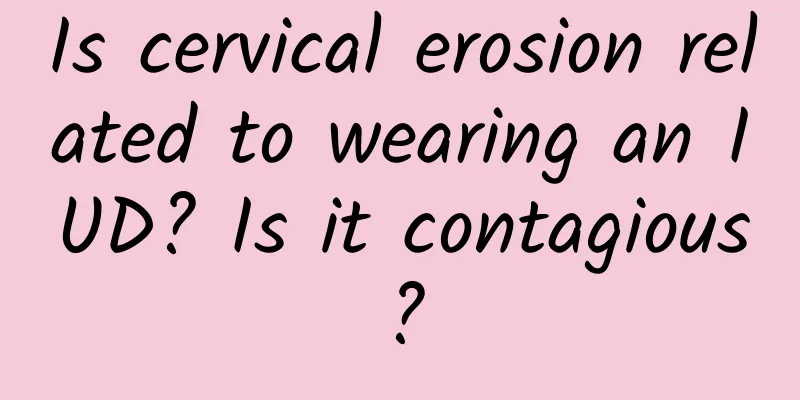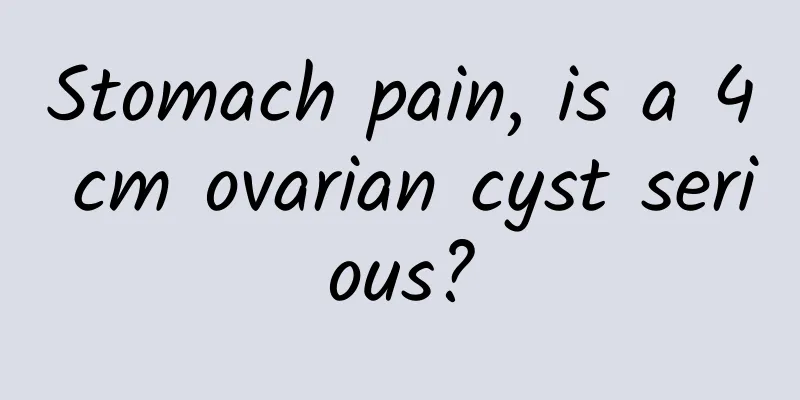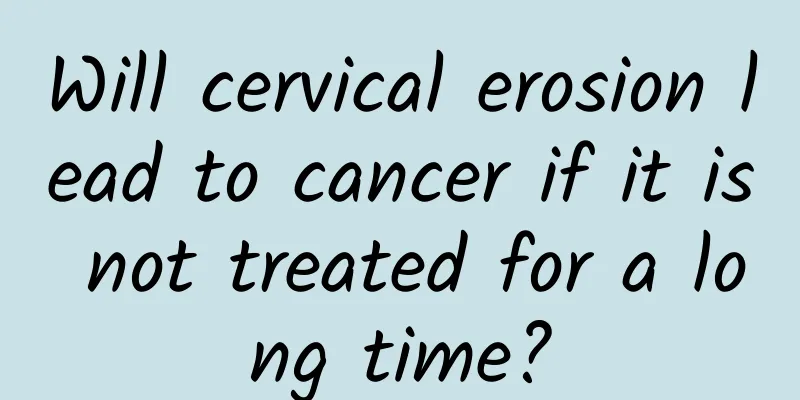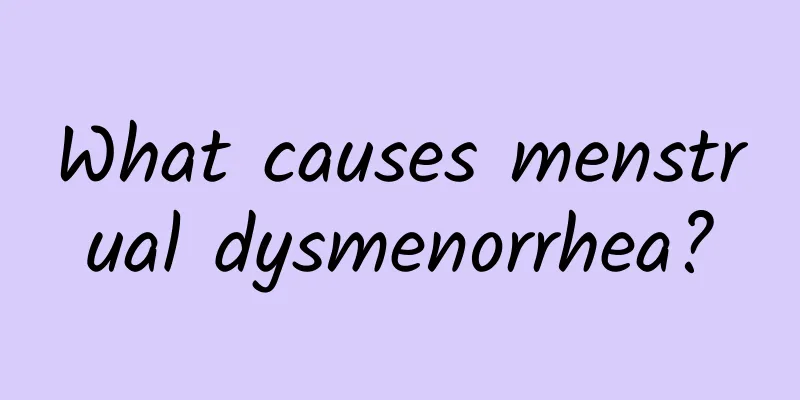How big is the left ovarian cyst? Why does it happen?
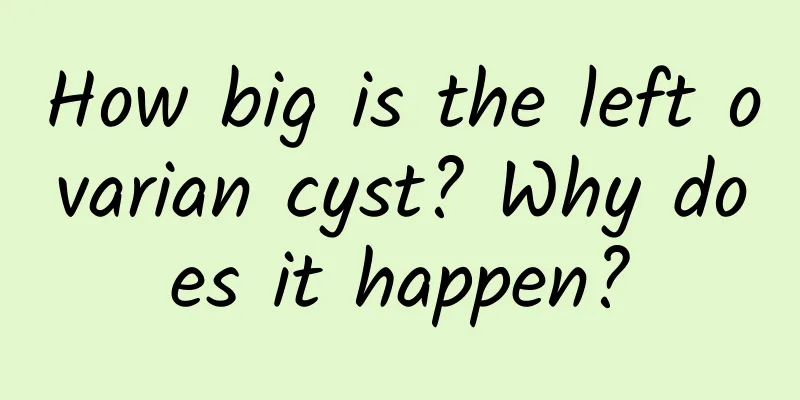
|
There are many kinds of gynecological diseases, most of which will have a significant impact on women's fertility. So, how big is the left ovarian cyst? Why is it sick? To be precise, left ovarian cysts belong to ovarian tumors, which refer to the formation of cystic tumors in the ovaries. Because tumors can be benign or malignant, cystic or solid, the mortality rate of ovarian malignant tumors is high, ranking first among gynecological tumors. Once it is confirmed to be a left ovarian cyst, it should be paid attention to. Ovarian cysts larger than 5 cm are considered large and have a high chance of torsion. Cysts smaller than 5 cm are considered small and generally do not torsion and can be followed up. Before treating a left ovarian cyst, it is necessary to first determine whether it is benign or malignant. If it is determined to be benign and the cyst is small, it can be observed without treatment. The ovarian cyst pedicle can be used to treat a left ovarian cyst. Emergency surgery is required after the diagnosis is confirmed. Analgesics such as pethidine are injected intramuscularly. Regardless of the patient's age, an oophorectomy on the affected side is appropriate. The causes of left ovarian cysts include: 1. Genetic factors: Many women develop ovarian cysts due to abnormal factors in the family. Genetic factors refer to the fact that the genes of female patients contain gene fragments that cause female ovarian cysts, making them more likely to develop female ovarian cysts. 2. Environmental factors: Among environmental factors, if the patient stays in an environment with harmful toxins for a long time, the deposition of toxins in the body can cause female ovarian cysts. Staying in a noisy environment for a long time can easily lead to endocrine disorders in women and cause infertility. 3. Dietary factors: Due to malnutrition, many women lack certain elements in the body, resulting in decreased body function and leading to female infertility and ovarian cysts. |
<<: Three tips for treating pelvic inflammatory disease
>>: I rarely have my period, I'm a bit scared, is there any way to change it?
Recommend
Win at the starting point! Grasp the key period of school age and use three smart food education methods to solve it
According to the "Student Health Examination...
What are some ways to prevent endometrial tuberculosis?
What are some common prevention methods for endom...
How to get rid of ovarian chocolate cyst
The elimination of ovarian chocolate cysts mainly...
Good habits can effectively prevent the occurrence of cervicitis
Nowadays, cervicitis can occur in women of all ag...
What is the reason for a large piece of meat to flow out during a miscarriage? What should I pay attention to after a miscarriage?
Spontaneous abortion refers to abortion caused by...
Have you ever paid attention to senile vaginitis?
Everyone hopes that the elderly can have a health...
What is the cause of infertility in patients with cervical erosion?
What is the cause of infertility in patients with...
How long does it take to recover from a miscarriage?
Abortion before 28 weeks of pregnancy due to abno...
The person who entrusted the task of surrounding pigs and rescuing cows has appeared! Li Shixun: It has nothing to do with the government
Who was the "hidden person" who leaked ...
How deep should the Kangfu Anti-inflammatory Suppository be pushed in? What are the precautions?
Kangfu anti-inflammatory suppository needs to be ...
How to use medicine to treat female cervical erosion Five early symptoms of female cervical erosion
Among all gynecological diseases, the incidence o...
Uterine prolapse and weakened pelvic floor muscles... 3 Kegel exercises to strengthen
Don’t underestimate the role of your pelvic floor...
What medicines can treat uterine effusion?
Uterine effusion is a common gynecological diseas...
Authoritative hospital for the treatment of hyperprolactinemia
Sitting and waiting for death is not an option fo...
What symptoms do patients with adnexitis experience?
In today's society, many women are prone to a...




